Fred Schaumburg invested in energy-efficient systems. The baker now uses the exhaust heat from the ovens for heating. A plus for the environment — and for the 108-year-old family business.
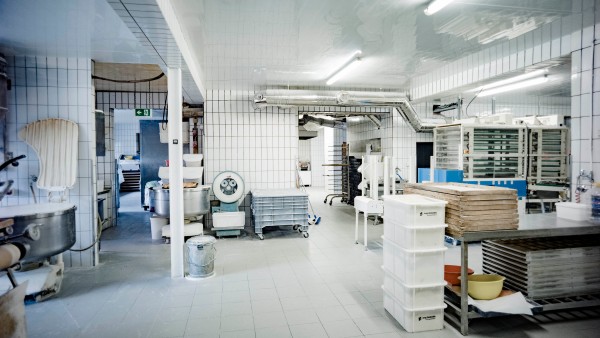
EVERYTHING IN THE RIGHT PLACE
Since Fred Schaumburg redesigned his bakery for optimum energy efficiency, his workplace has been kept at a comfortable temperature.
It is midnight in Balhorn, northern Hesse, and the fluorescent lights flicker on in the Meyer Bakery baking room. The process has been the same for decades: measure out the flour, prepare the sourdough, portion out the pastry dough, fire up the ovens. And sweat. Because if there was one thing the traditional bakery had in abundance, it was the heat that radiated from the ovens.
Working nights doesn’t bother master baker Fred Schaumburg. Quite the contrary. He loves the peace and quiet, and enjoys simply practising his profession without interruptions from phone calls or appointments. But the heat in the baking room has always bothered him.
And that is not all. The deck ovens were 30 years old, an acquisition made by his father. People bought more loaves of bread back then. Nowadays, bread rolls are more popular. But they are placed on trays in the trolley for baking in what are known as rack ovens. So only about 60% of the old deck ovens’ capacity is usually used. But they really heat up the baking room.
Fred Schaumburg is a man who values tradition. The Silesian poppy-seed cakes served in the front café and in the other six shops are baked according to the original recipe from his great grandfather August, the founder of Meyer Bakery (or Bäckerei Meyer, as it is called in German). But the 45-year-old is also aware that “if you want to remain competitive, you have to follow the times.”
Read more under the image gallery.
Long tradition
The Meyer Bakery has been located in the town of Balhorn in the state of Hesse, Germany, for many decades. The street next to the bakery is named after Karl Meyer, Fred Schaumburg's grandfather.
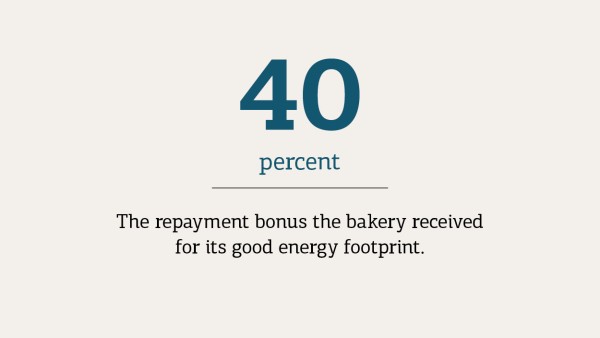
Between 4,000 and 4,500 bread rolls and 300 to 400 loaves of bread leave the bakery every day. Mr Schaumburg sought out specialists to find out when an investment in new ovens would be worth it. He heard about the consulting service from Bäko, a specialised wholesale trade service for bakeries and confectioners, and called them to describe his situation.
Bäko sent a bakery planner a short time later. The expert is familiar with tips and tricks to help bakers modify and equip their workspaces to optimise energy consumption. His conclusion: both the lack of insulation in the ovens and their location were bad for the bakery’s temperature.
Mr Schaumburg decided to modify parts of the bakery and purchase modern ovens that save up to 20% energy through exhaust heat prevention. Flue gas heat exchangers direct the remaining exhaust heat from the ovens to the stratified buffer energy storage system, where the energy from the new solar system is also stored. The buffer storage system provides heat for the heating system when needed.
The idea to buy new ovens grew into a radical modernisation project. In addition to the six-figure amount just for the technical equipment, there were also costs for restructuring the baking room appropriately. Fred Schaumburg discussed the new plans with his wife Alexandra, who oversees all aspects of the business in the office. Ultimately, 42 employees and their own family depended on the renovation’s success. But instead of telling him to slow things down, his wife encouraged him.
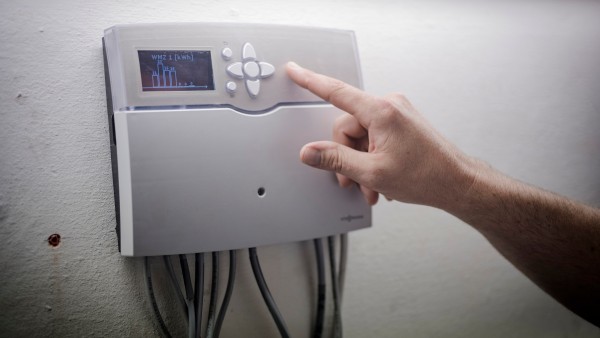
An overview
In the cellar of his bakery, Fred Schaumburg can see when the exhaust heat is used up and when the solar power system is feeding in energy.
The financing process was less complicated than expected. Mr Schaumburg found out about the KfW Energy Efficiency Programme for waste heat (supported by the Federal Ministry for Economic Affairs and Climate Action; BMWK) from Raiffeisenbank, his regular bank. An energy consultant created the necessary exhaust heat concept and helped him collect the required documents. The baker received EUR 45,000 to install the buffer storage system and heat exchangers. He received a loan with a 40% repayment bonus from Federal Ministry for Economic Affairs and Climate Action funds due to the good energy footprint enabled by the investment. So he only needs to repay EUR 27,000 of the loan amount.
A few months after the refurbishment, Mr Schaumburg notices: “I used to order 5,000 litres of heating oil every four weeks, now the oil lasts twice as long. During the night, the heat comes from the ovens until about 9 am. Then the solar system kicks in.” What’s more, the final bake is now more even.
Meyer Bakery has existed for 108 years. Whether the business will stay in the family remains to be seen. “My daughter is 13, my son is 11. They haven’t shown any interest yet,” says Mr Schaumburg. But that doesn’t bother him. He is happy to know that he has laid a solid foundation for the future of his business. Now when Mr Schaumburg walks into the bakery at night, he is greeted only by the smell of baked goods. The oppressive heat is no longer there.
Published on KfW Stories on 14 May 2018, updated on 9 December 2021.
The described project contributes to the following United Nationsʼ Sustainable Development Goals
Goal 12: Ensure sustainable consumption and production patterns
Humanity has long lived beyond its ecological means. This applies in particular to industrial countries and the growing upper and middle classes in many emerging economies. The transition to an economic strategy and way of life that respects the natural limitations of our planet can only be successful if we adjust our consumption habits and production techniques. Internationally valid rules for labour, health and environmental protection are important for this.

All United Nations member states adopted the 2030 Agenda in 2015. At its heart is a list of 17 goals for sustainable development, known as the Sustainable Development Goals (SDGs). Our world should become a place where people are able to live in peace with each other in ways that are ecologically compatible, socially just, and economically effective.

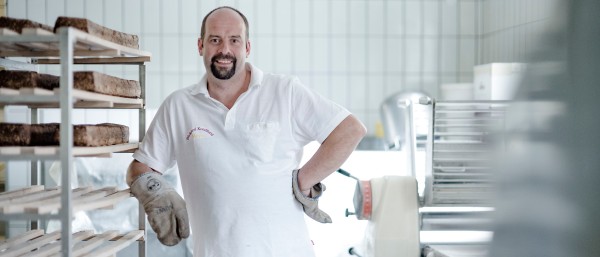
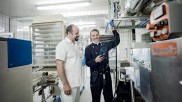
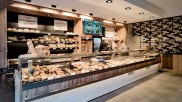
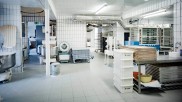
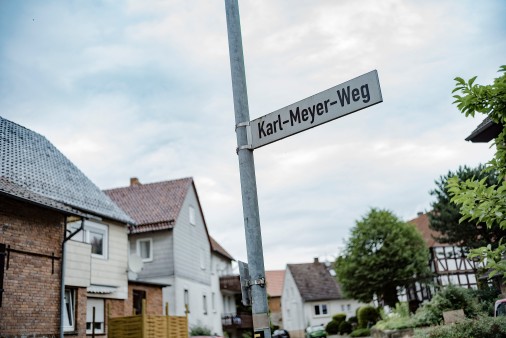
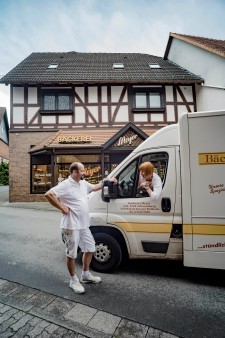
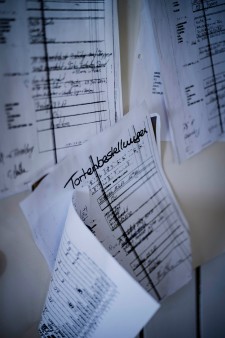
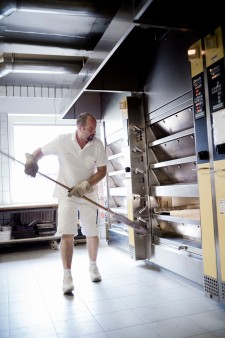
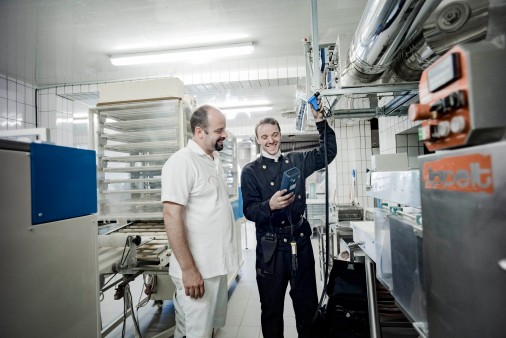
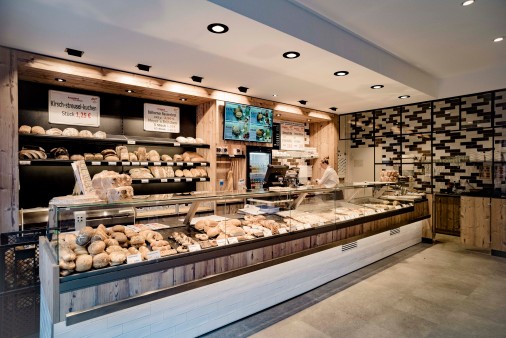






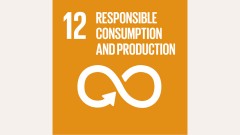
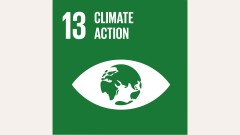

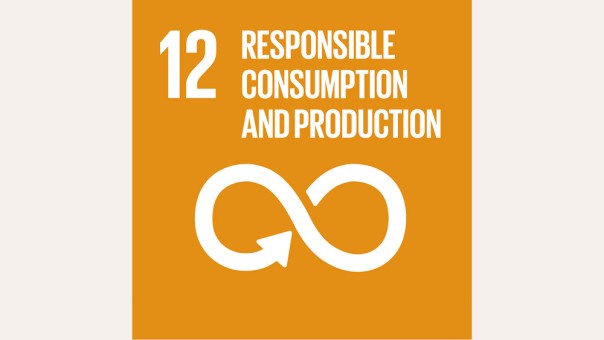
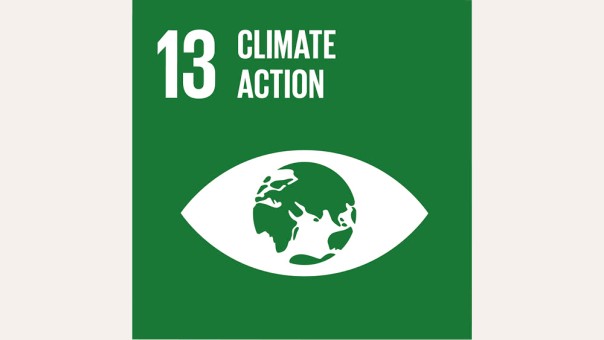

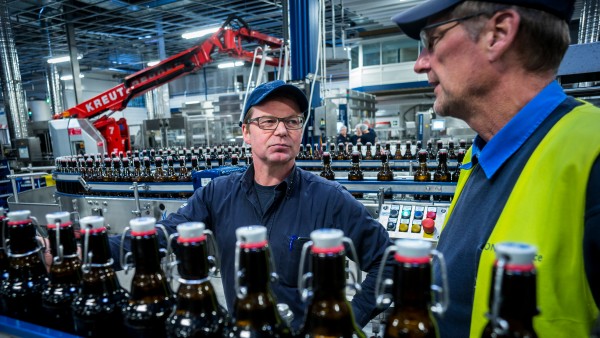
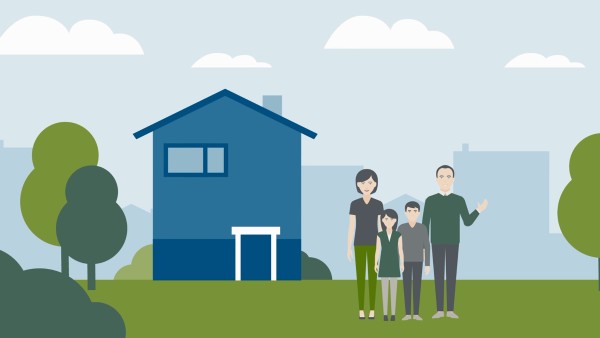
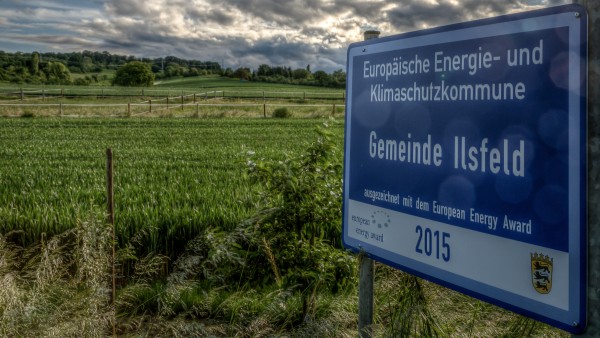
Data protection principles
If you click on one of the following icons, your data will be sent to the corresponding social network.
Privacy information